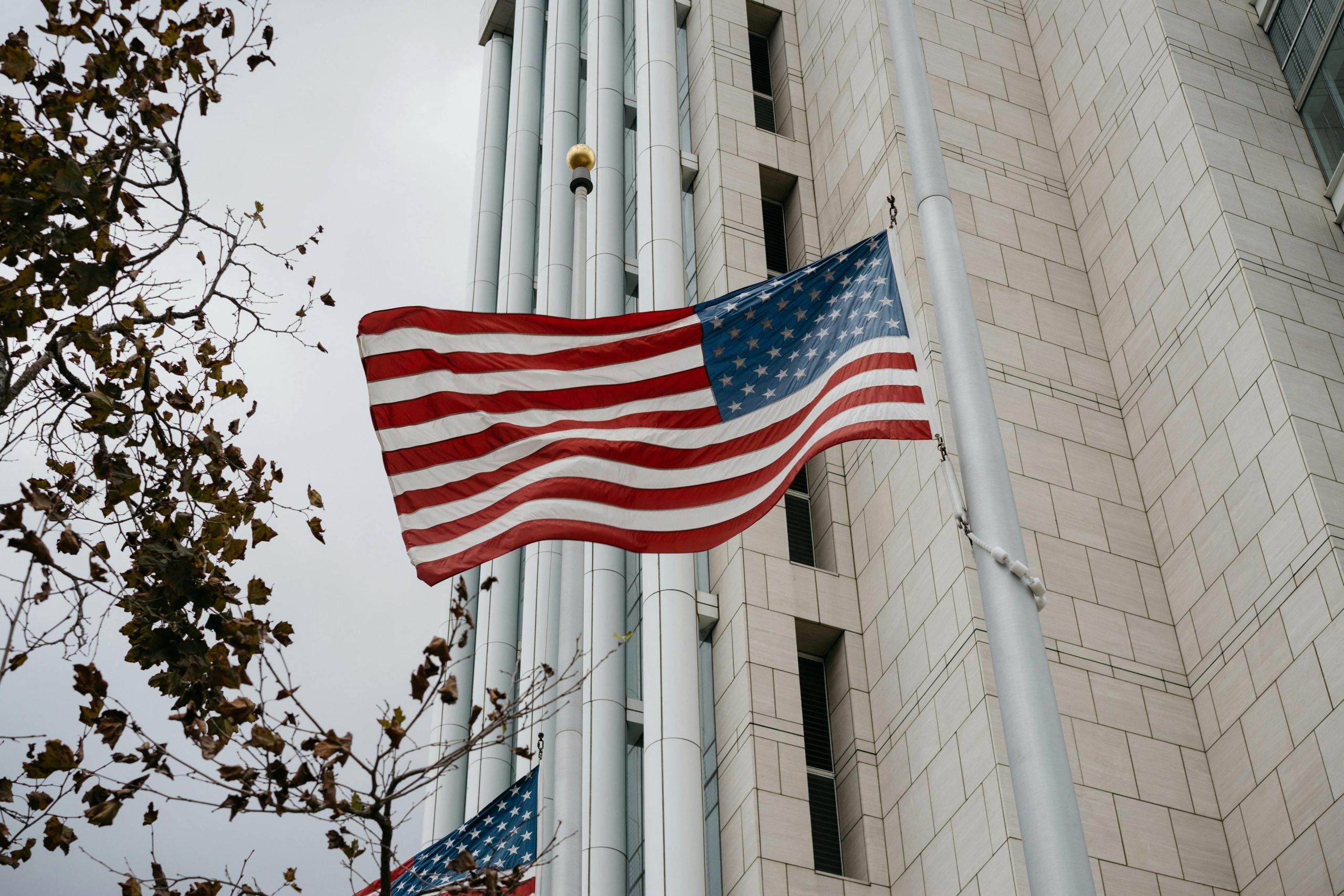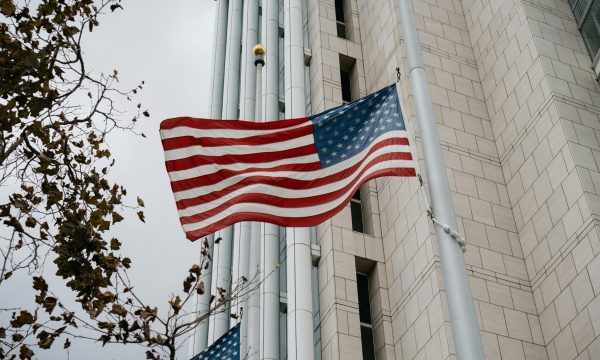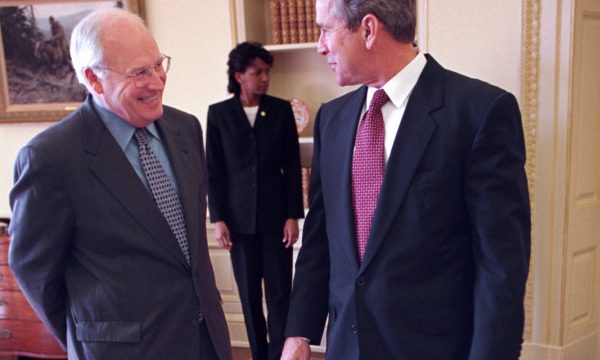The United States has officially entered the longest government shutdown in its history. Now more than five weeks in, the standoff has pushed past previous records, revealing a deep fracture in Washington’s ability to govern and raising critical questions about what comes next.
The shutdown began on October 1, 2025, after Congress and the White House failed to agree on a budget for the new fiscal year. At the heart of the impasse: partisan disagreements over healthcare funding and domestic spending priorities. With no resolution in sight, federal funding expired, halting operations across a wide range of agencies and sending hundreds of thousands of workers home without pay.
Across the country, the effects have rippled far beyond Capitol Hill. Many federal employees have been forced to seek temporary work or rely on savings to cover rent and food. Contractors, who do not receive back pay, have lost entire pay periods. Programs that millions of Americans depend on — such as food assistance, small business loans, and federal housing services — are facing critical delays or suspension.
Even the flow of national economic data has stopped. With key agencies shuttered, the release of employment figures and retail reports has been postponed, leaving economists and businesses in the dark. In an already uncertain global market, the lack of information adds another layer of volatility.
This shutdown is not just notable for its duration but for its scale. Unlike previous shutdowns that affected parts of the government, this one has reached across nearly all departments, creating a paralysis few Americans have witnessed before. Essential services like air traffic control, border security, and law enforcement continue to operate, but with reduced staff and mounting pressure.
Politically, the crisis has hardened divisions. Leaders in both parties have traded blame while negotiations stall. Public frustration is growing, particularly among federal workers and small businesses caught in the crossfire. Analysts warn that prolonged gridlock could weaken public faith in government institutions and have lasting economic consequences.
Ending the shutdown will require compromise — either through a temporary continuing resolution or a full appropriations deal that bridges the policy divide. But even when funding is restored, the damage will linger. Government backlogs, missed payments, and broken trust will take months, if not years, to rebuild.
For many observers, this moment represents a turning point. It underscores the fragility of a system that allows political stalemates to halt essential functions of government. Some lawmakers have renewed calls for reforming the budget process — including proposals for automatic funding measures to prevent future shutdowns.
As the days drag on, the human cost continues to rise. From delayed paychecks to closed research labs, the consequences reach every corner of the nation. The longest shutdown in American history may ultimately end with a deal, but its legacy will be one of warning — a reminder that when politics prevails over progress, it is the American people who pay the price. This shows just how divided Washington is.














